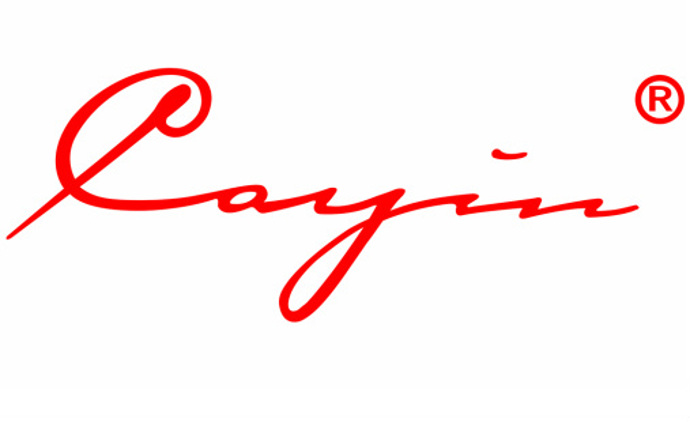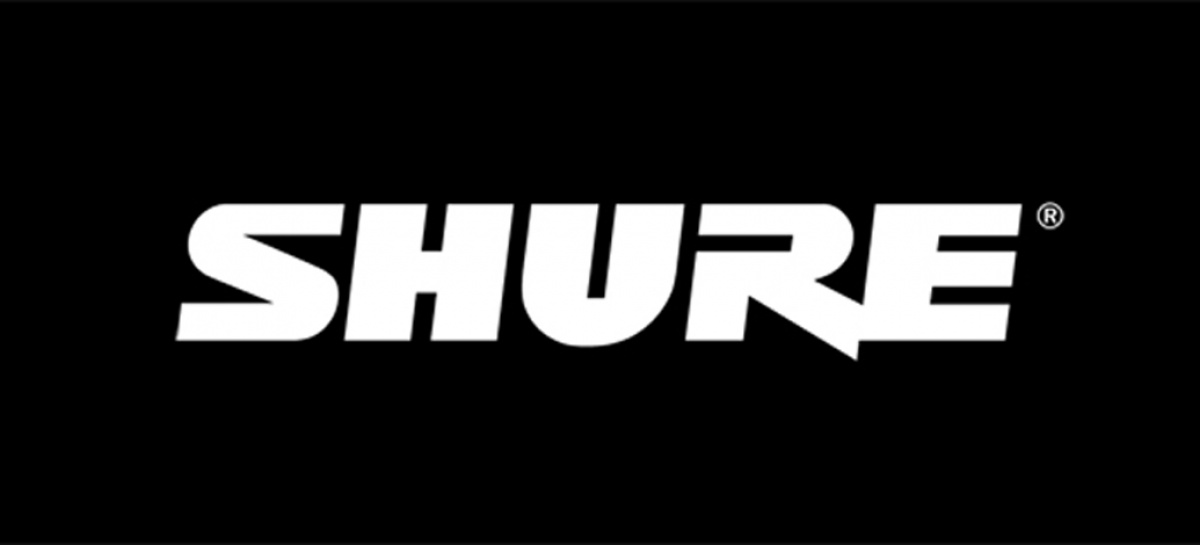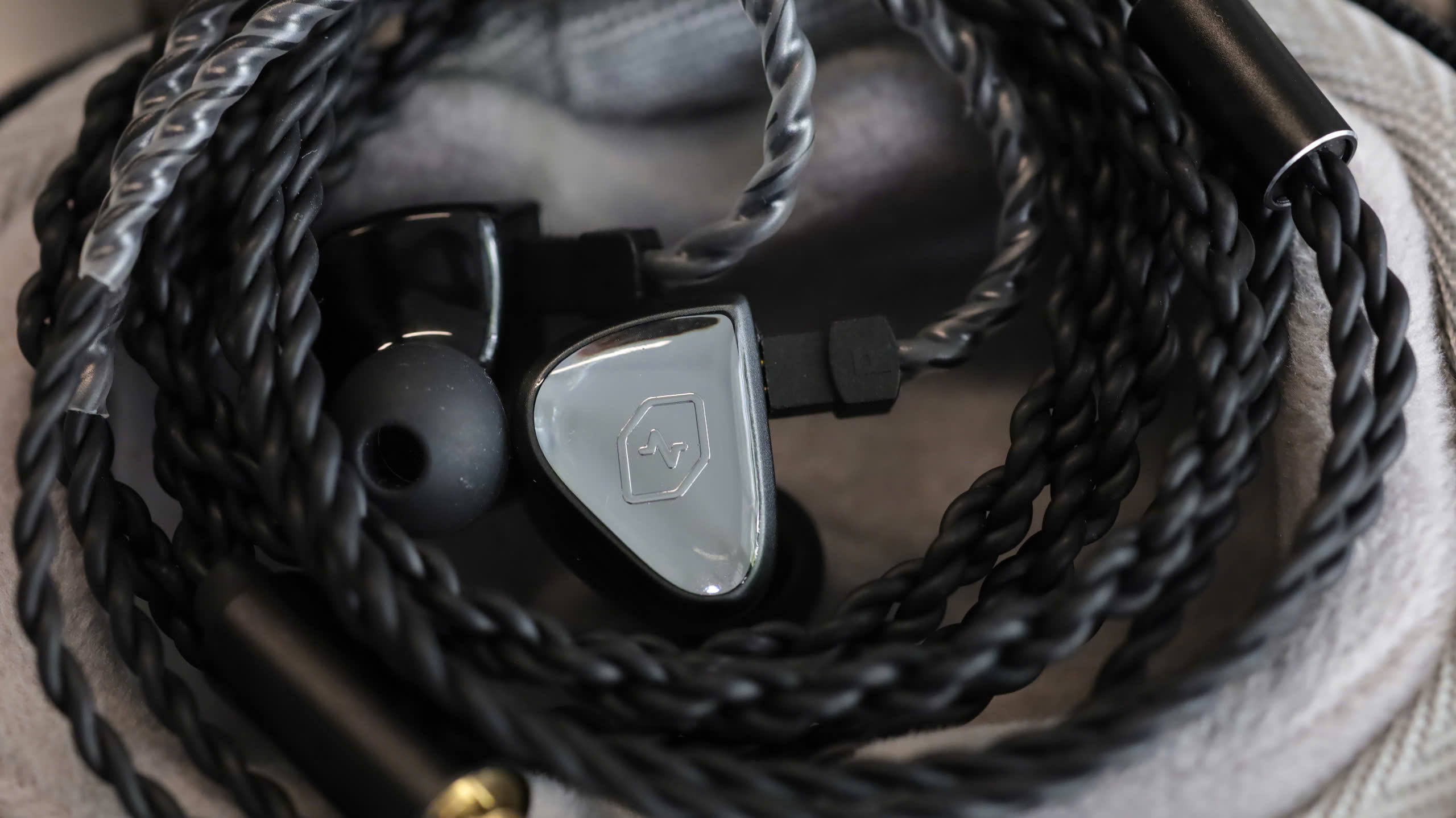- 4 output modes: Headphone amp, headphone amp + line out, DAC, preamp
- XMOS XU208 + 2x AK4493 + OPA1612
- USB input supports up to 32bit/768kHz PCM decoding and DSD512 native decoding
- 2x coaxial inputs and 1x optical input support up to 24bit/192kHz PCM decoding
- Bluetooth input supports SBC, AAC, aptX, aptX II, and aptX HD protocols
- Headphone amp output power: 1,000 mW x 2 at 32 ohms, 125 mW x 2 at 300 ohms
- Output impedance: < 0.1 ohm
This is a review and detailed measurements of the brand new, Topping DX3Pro DAC and headphone amplifier. The company kindly sent me a pre-production unit. I usually buy my Topping products unless they are not available in the market as was the case here. The retail price will be $219.99. I expect production to start soon given the high finish of the unit I have.
It is hard to fall in love with budget desktop audio products but there are exceptions and this is one of them. The Topping DX3Pro is darn cute!
The yellow LED as with the Topping D10 adds a much needed touch of color and uniqueness to the unit. The volume knob adds more to that sauce, making for a small box and you enjoy glancing at on your desk.
Surprising for a small unit, as seen in the picture, you get a remote control and all the functionality in its larger brother, the Topping DX7s. You can select the volume control to apply to line out, headphone out or both. So you could use this to drive powered speakers for example without a need for pre-amp and use the remote control as needed.
There is USB input of course and Toslink. For coax input, you actually get two of them! So if all of your sources are digital, you have a nice little pre-amplifier on your hands.
The volume control is digital of course and steps in 0.5 dB linearity all the way down to -99 dB.
There are selectable gains for the headphone out (0 and 9 dB) and filter settings. The unit supports PCM up to 768 kHz and up to DSD512.
Power is provided through a small switching power supply (double the size of typical phone chargers). All of my testing was performed using the provided power supply.
Setup was plug-and-play and I was relieved to see full compatibility with ASIO4ALL at 24 bit depth allowing me to proper test the unit without installing any drivers. Listening tests were performed using WASAPI interface in Roon.
The heart of the unit is the AKM AK4493 DAC chip. This is a departure from most of the Topping DACs (and many Chinese manufacturers) which use ESS DACs.
I am sure you all are anxious to know how it measures so let's get into that.
Measurements
Since the Topping DX3Pro is both a DAC and headphone amplifier, I am going to show performance using both output starting with the DAC section:
We have our nice nominal output of 2 volts. Distortion/SINAD is very good, and solidly in "tier 2" ranking of DACs I have tested:
So not state-of-the-art but very competent nevertheless.
Dynamic range falls in the same bucket:
Let's look at intermodulation distortion versus level:
Ah, we are finally free of the "ESS hump" at mid-levels. In this regard, except when we get to highest output levels, the DX3Pro beats even the Topping D50!
ESS really needs to pay attention to this situation and remedy whatever is causing that rise in mid-levels in their OEM designs.
Jitter and noise is busy but for a reason:
Until recently, I have not been running the J-test signal in full resolution. I have changed that now and the 250 Hz square wave in it shows interference between digital section and analog as seen by those series of spikes. Fortunately almost all are less than 120 dB so not an audible concern at all. Likewise the two that hug our main tone despite being at -110 are totally masked by the main tone at 12 KHz so inaudible.
Frequency response is boring (in a good way) and flat to -0.2 dB (spec is 0.5 dB):
THD versus frequency shows somewhat higher noise levels:
This is impacting linearity measurements:
That smooth exponential rise is just the noise floor of the DAC dominating. So it is not an offset error as we see many times (with jagged output). All else being equal, I rather seen noise here than non-linearities. I think this is a limitation of the AKM DACs relative to ESS parts.
Now let's switch outputs to headphone socket and see our dashboard view in low-gain/unity gain mode:
Pretty excellent! This is at max volume yet we get slightly better performance than even line out! SINAD rises to 108 from 106 dB.
Most of Topping products with headphone output have impedance of 10 ohm. That is dealt with now in DX3Pro:
My measured impedance is usually higher than manufacturers due to use of more wires, etc.
The low impedance of 1 ohm means just about every headphone can be driven by the DX3Pro without fear of its frequency response being impacted.
Let's see the power output versus distortion using 300 ohm load:
Clipping never really sets in and as such, the output is distortion free all the way to max! SINAD even in high gain mode stays above 100 dB which is superb. This means if you have a 300 ohm headphone like Sennheiser HD-650, you can turn up the volume as much as you want and any distortion you hear is that of the headphone or the source.
Switching to 33 ohm load, we get far more power as expected:
We have half a watt using high-gain mode but we do clip past that. Topping spec is 1 watt at 1% distortion which is inline with my measurement.
In low gain mode you are distortion free up to max volume with power up to 0.12 watt.
Finally, let's look at channel imbalance versus volume control position:
As expected, the digital volume control produces perfect response with essentially zero imbalance until you get to max volume attenuation of 99 db. No headphone amplifier using analog volume control comes remotely close to this kind of performance.
Listening Tests
I started my testing with Sennheiser HD-650 in high gain mode. Here, there was plenty of power and no hint of strain from the amplifier. Tonal response remained constant up to max volume which was quite loud. But not loud enough to make the cups flap in the wind.
Flapping of the cups was to come though the moment I switched to HiFiman HE-400i. Power was amazing and clarity was superb. As I type this review I have been listening to this setup and it could not be more satisfying.
Conclusions
As usual, Topping shows that it uses proper measurements and engineering talent to design its products. As with their other products, it is next to impossible to find many flaws in anything I measure. Yes, it is not state-of-the-art in all measures and falls just shy. But it makes up for it with its superb headphone stage with very low distortion levels, perfect channel matching, and lots of power coming from such a small package and power supply to feed it.
The switch from ESS to AKM has provided relief from intermodulation distortion that we have been seeing in so many DACs. Yes, there is a slight rise in noise as levels get down, impacting linearity measurements. That is a very worthwhile trade off in my book and I am glad Topping has made the change.
All in all, the DX3Pro does not obsolete every DAC and headphone amplifier out there. But it comes darn close and nails the functionality and performance needed in a moderately low cost unit. Add to that the attractive industrial design and it easily becomes one of my favorite desktop products. As such, I recommend the Topping DX3Pro wholeheartedly.

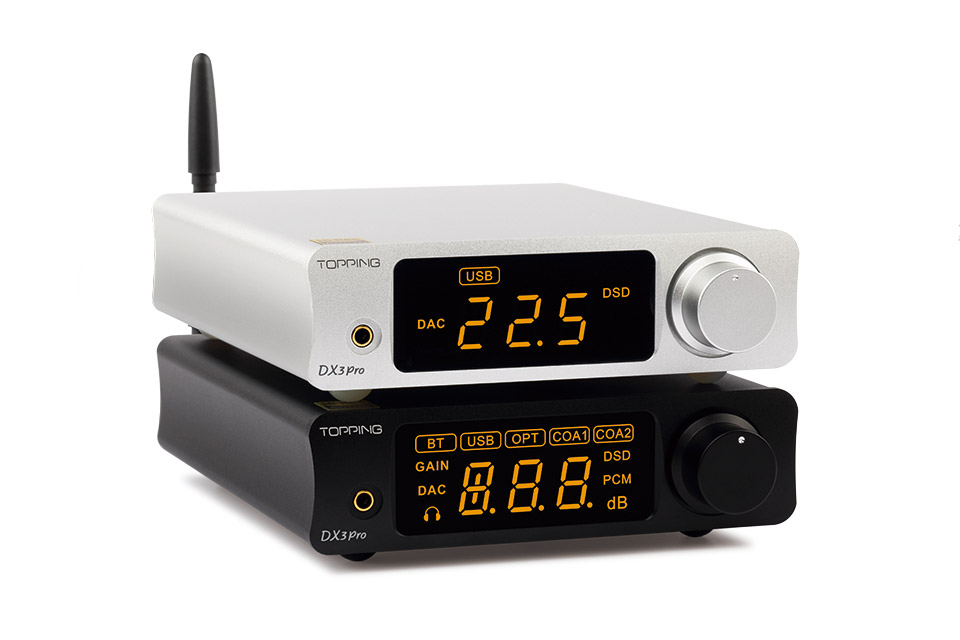
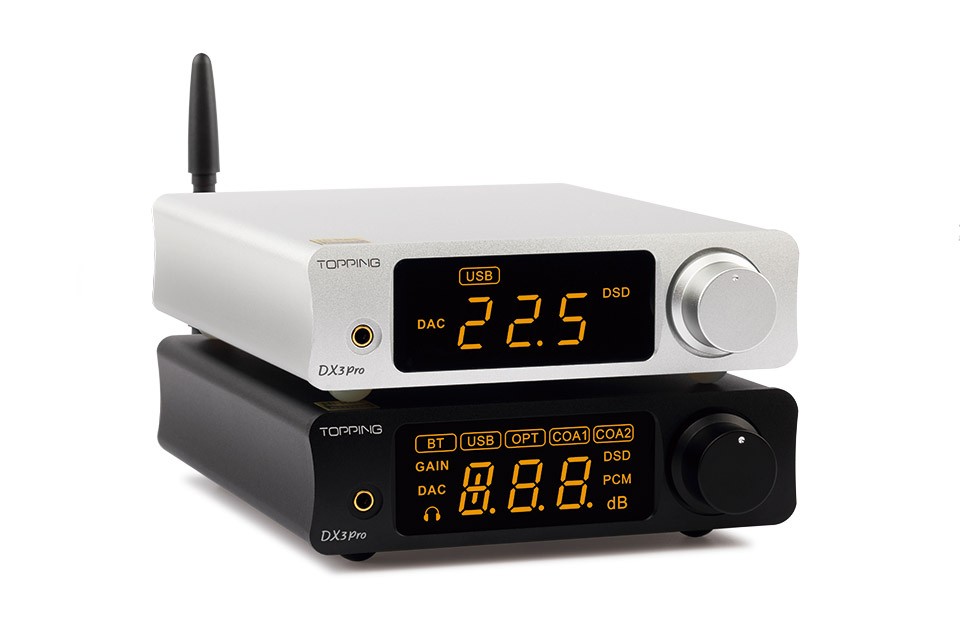
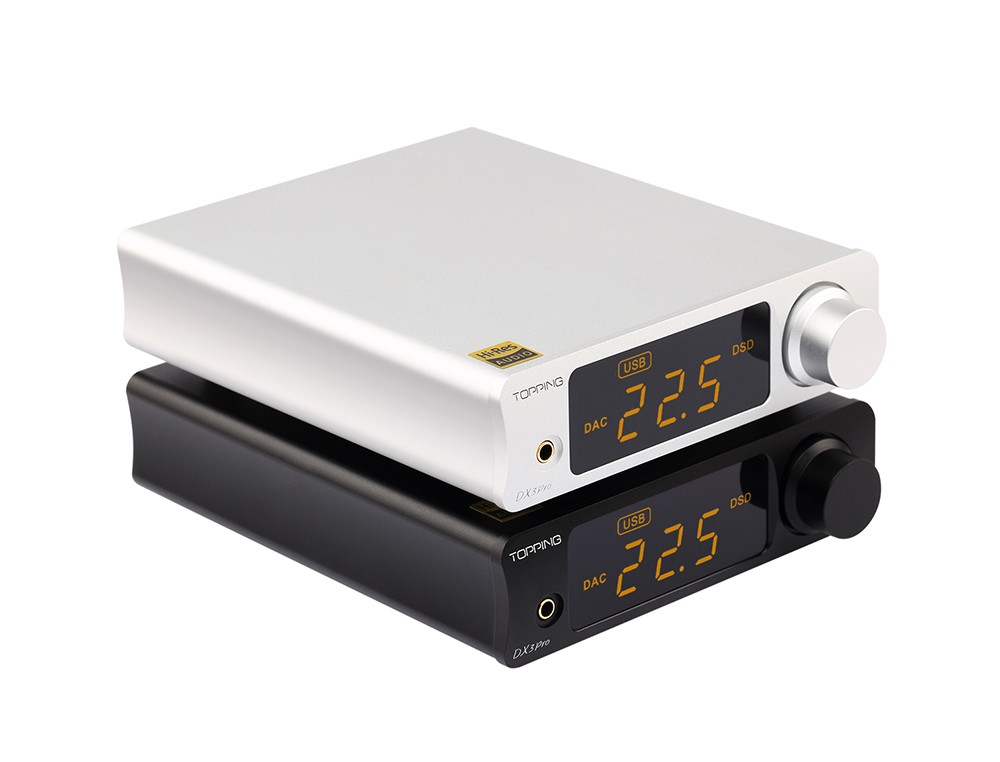
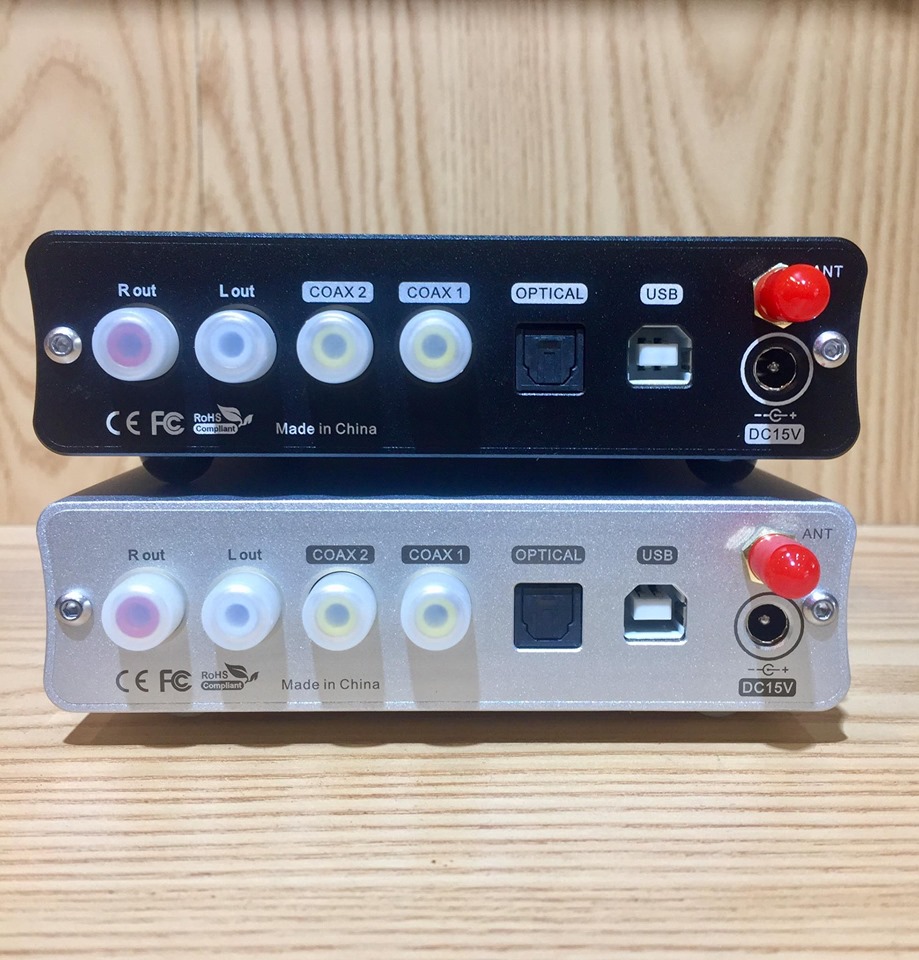
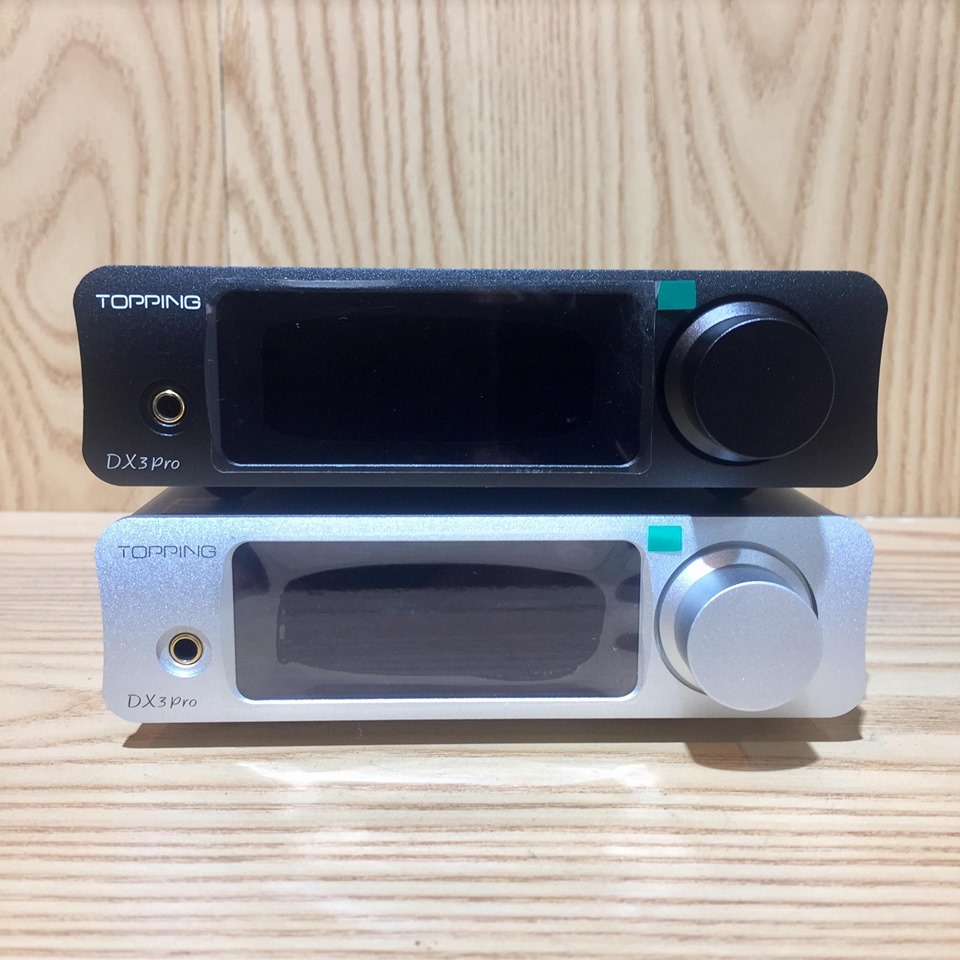
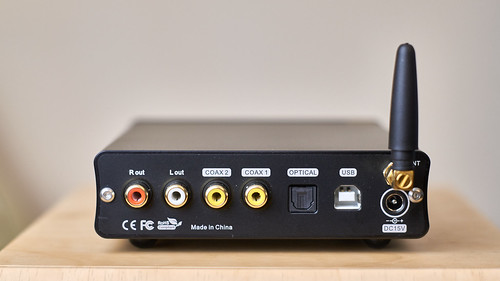





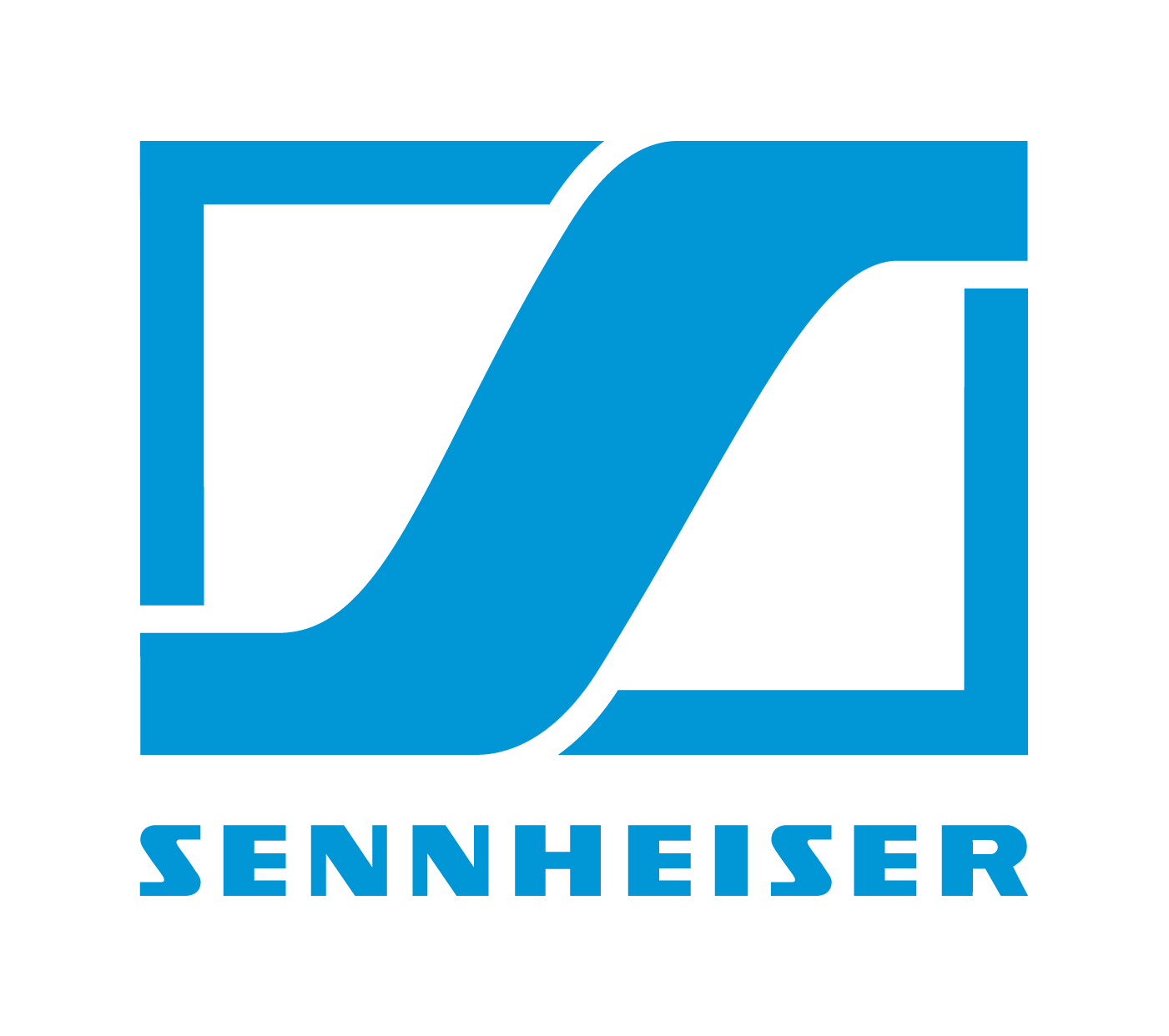
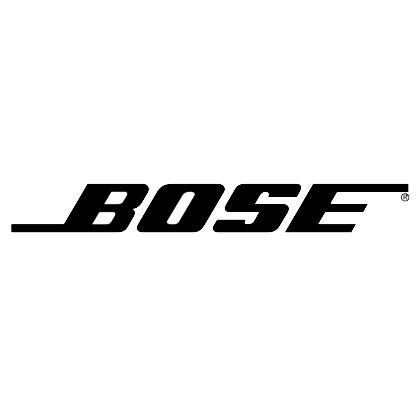
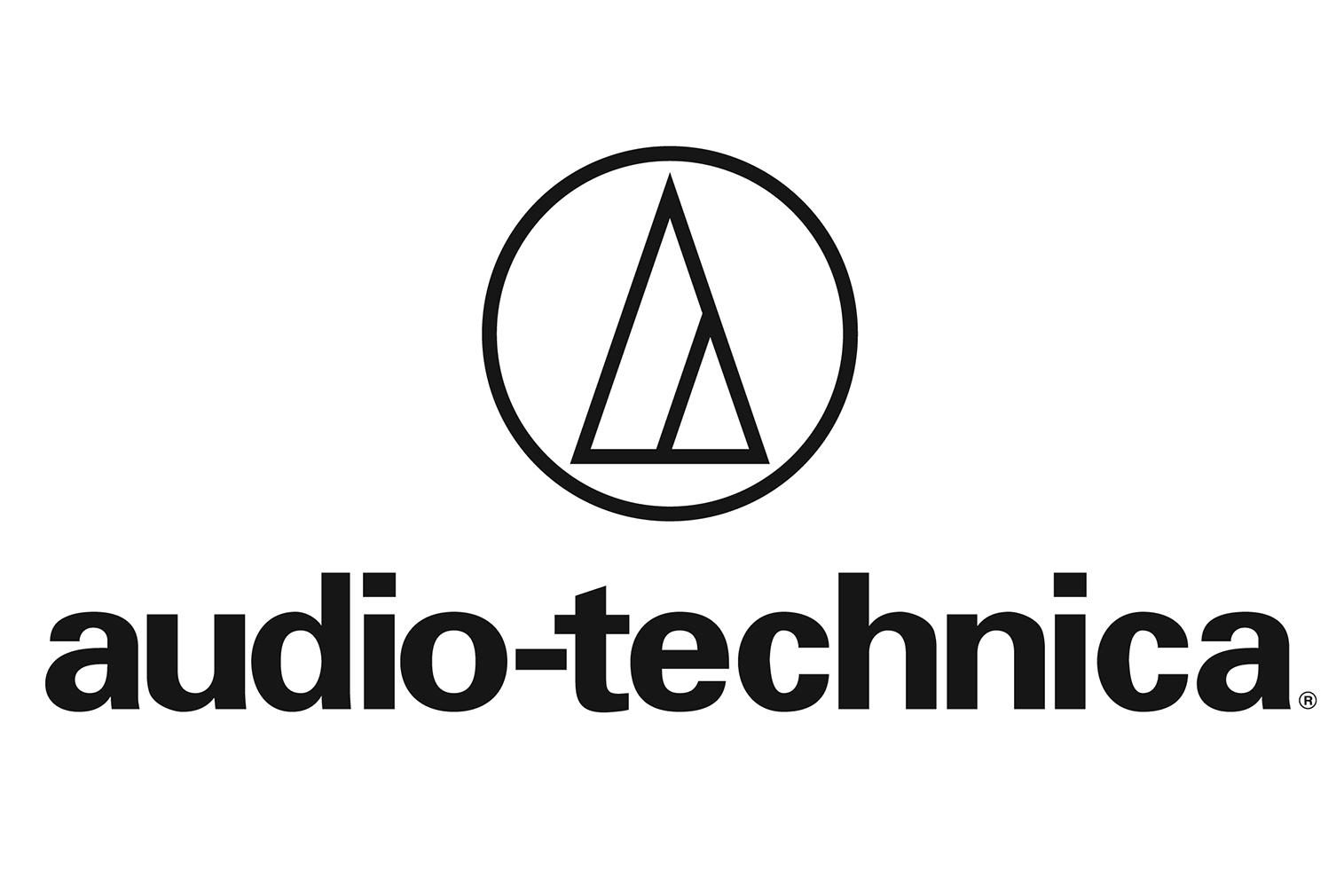
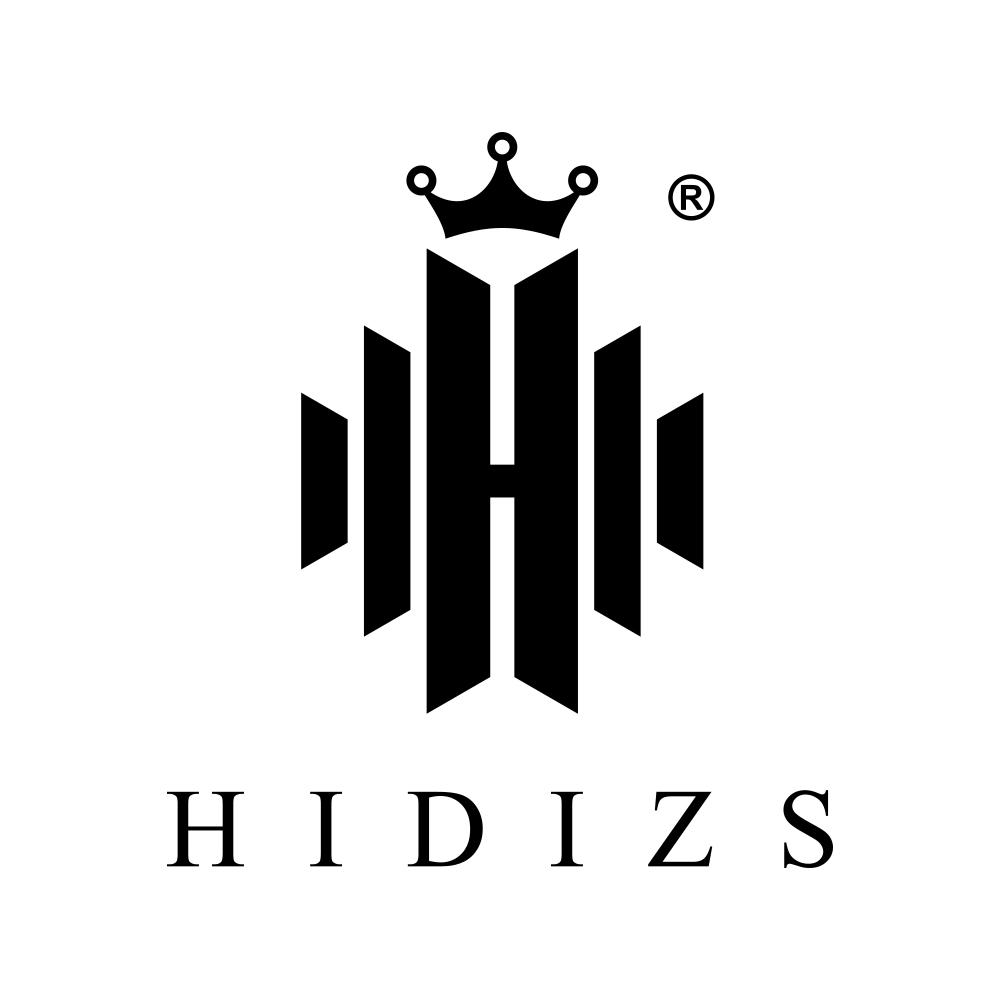

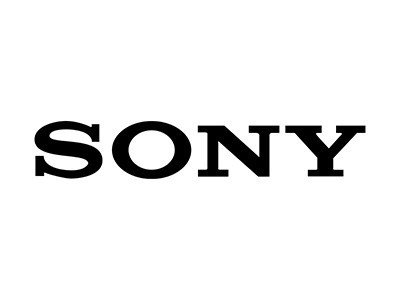

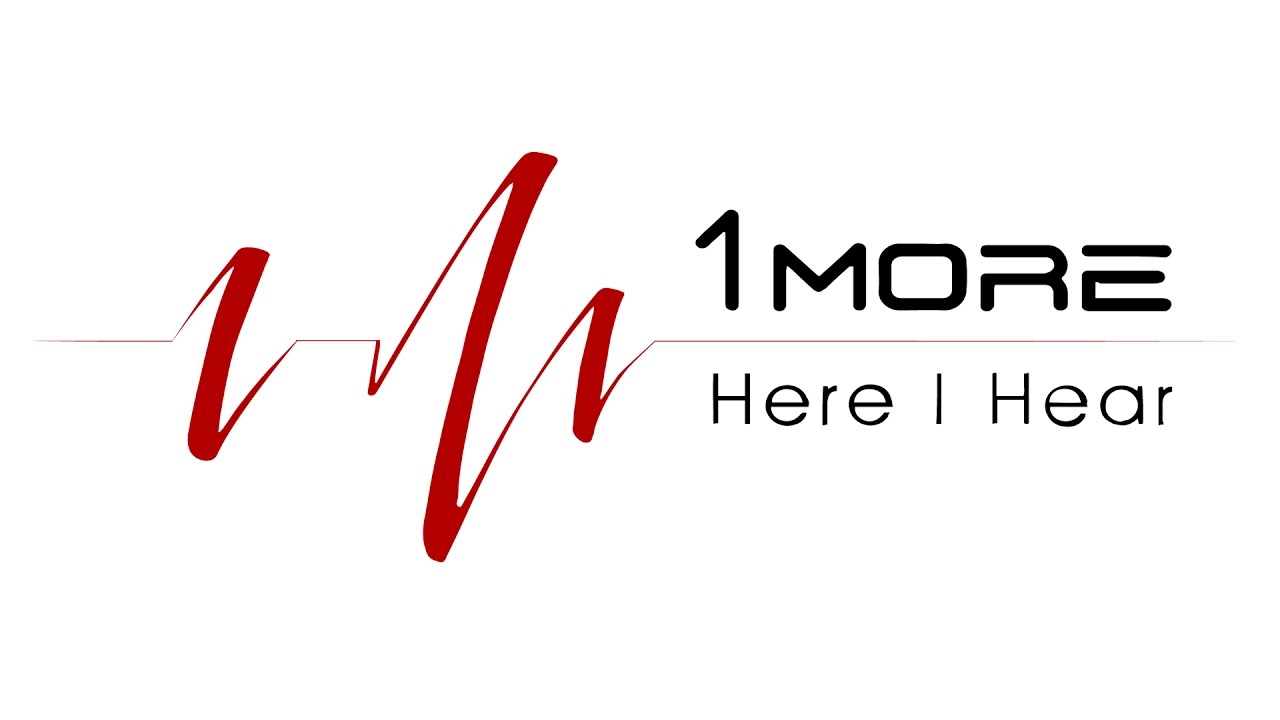
.png)
